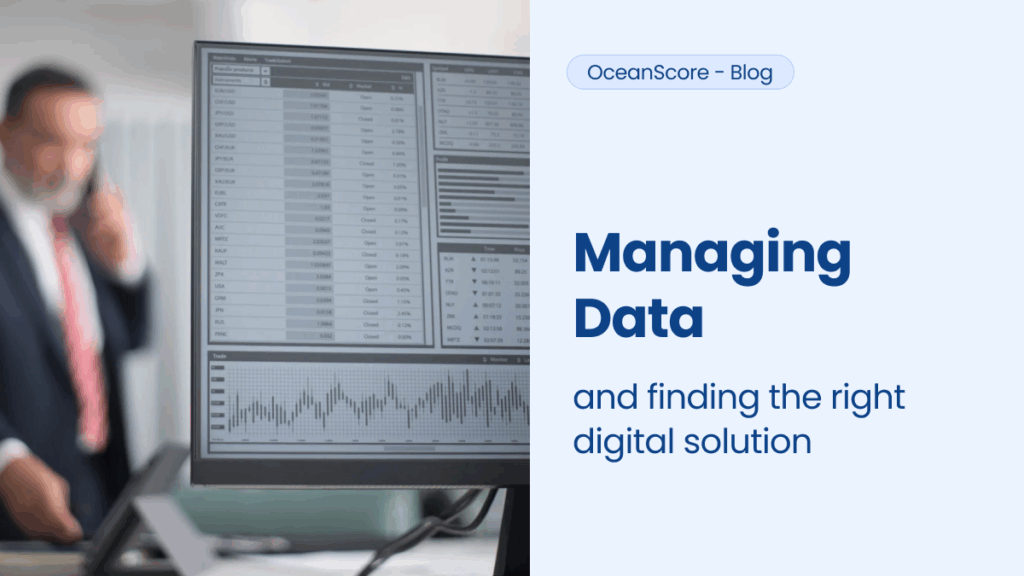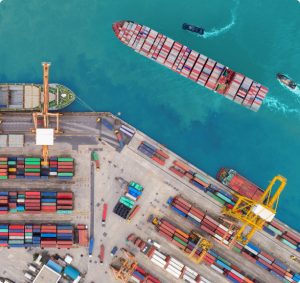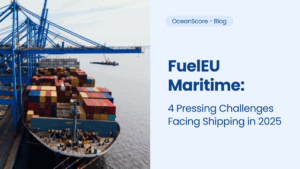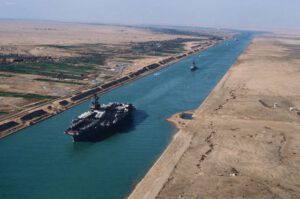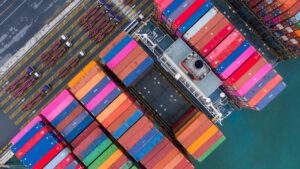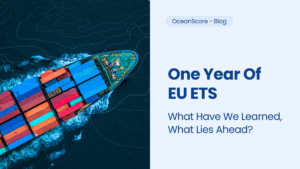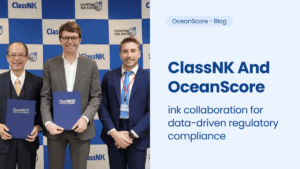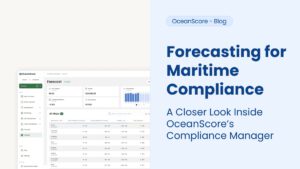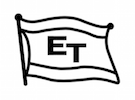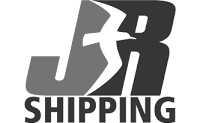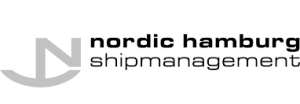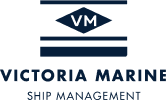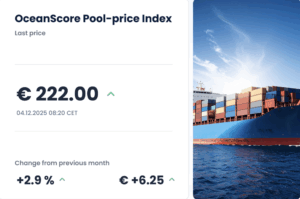The EU ETS necessitates that shipping companies implement a reliable EU ETS data management solution to handle complex administrative processes and ensure efficient settlement of EUA transactions among stakeholders. With verified, transparent emissions data becoming essential, spreadsheets are unlikely to meet the growing demands of compliance.
Choosing the Right EU ETS Data Management Solution
The regulation poses new data management challenges for the industry beyond MRV and DCS annual reporting, as accurate real-time emissions data on a per-voyage basis are now required to calculate EUAs and settle transactions throughout the year, based on regular data exchange between owner and charterer under Bimco’s contractual clause for EUA settlements.
The Real-Time Data Challenge
Vessel emissions data reported on a daily basis must be corrected for any missing voyage data and verified for accuracy to ensure correct EUA accounting, which is vital both for regulatory compliance and financial transactions. Having a single source of truth with verified, transparent data also provides for alignment among stakeholders on emissions exposure to minimise the risk of cost disputes.
Reducing Risk Through Data Accuracy and Transparency
Instant verification does not appear to be critical to data quality assurance, but partnering with an established and trustworthy system provider can instil confidence in shipowners and charterers who rely on and may scrutinise this data.
Infrastructure Foundations for an Effective EU ETS Data Management Solution
Errors in data handling can be costly from a regulatory perspective, given the risk of financial penalties for failing to meet EUA quotas. Establishing a robust data infrastructure, including data depositories and data lakes, along with secure and stable processes for data movement and partner access, is therefore fundamental for effective EU ETS compliance.
From Spreadsheets to Smart Systems
OceanScore’s ETS Manager is a web-based solution with automated processes for allocating, requesting and collecting EUAs from charterers based on different charter parties, with full 24/7 transparency on all related data flows. It can also monitor Union Registry accounts for EUAs and minimise risk with open EUA positions by identifying missing allowances that need to be collected.
‘Make or buy’ is the standard question when looking for a digital solution. As a dedicated provider of commercial maritime software, we obviously believe that selecting solutions built and maintained by professional specialists is the way to go, for a number of reasons.
But how to choose the right solution? We believe it’s important to select the right partner who speaks your language and understands your problems. Solutions will mature and evolve over time, and you will want to have a partner by your side who you can trust to take the right steps at the right pace – and one who will be around next year as well.
A Changing Landscape: What’s Next for Compliance?
The regulatory picture is also evolving, with Methane and Nitrous oxide to be included in the EU ETS from 2026 and the possibility that it could be expanded to include smaller vessels of below 5000gt in three years’ time, which would almost double the number of vessels subject to the trading system. Meanwhile, FuelEU Maritime is set to take effect from January 1, 2025.
Shipping is sailing in uncharted waters, and it will take some time to adjust to the new regime, with further changes looming on the horizon. Now is the time for owners, managers and operators of smaller vessels to use lessons learned and prepare for the future by taking onboard robust and adaptable solutions to effectively navigate the shifting seas of regulation. The journey continues, and proactive preparation is the key to success.

